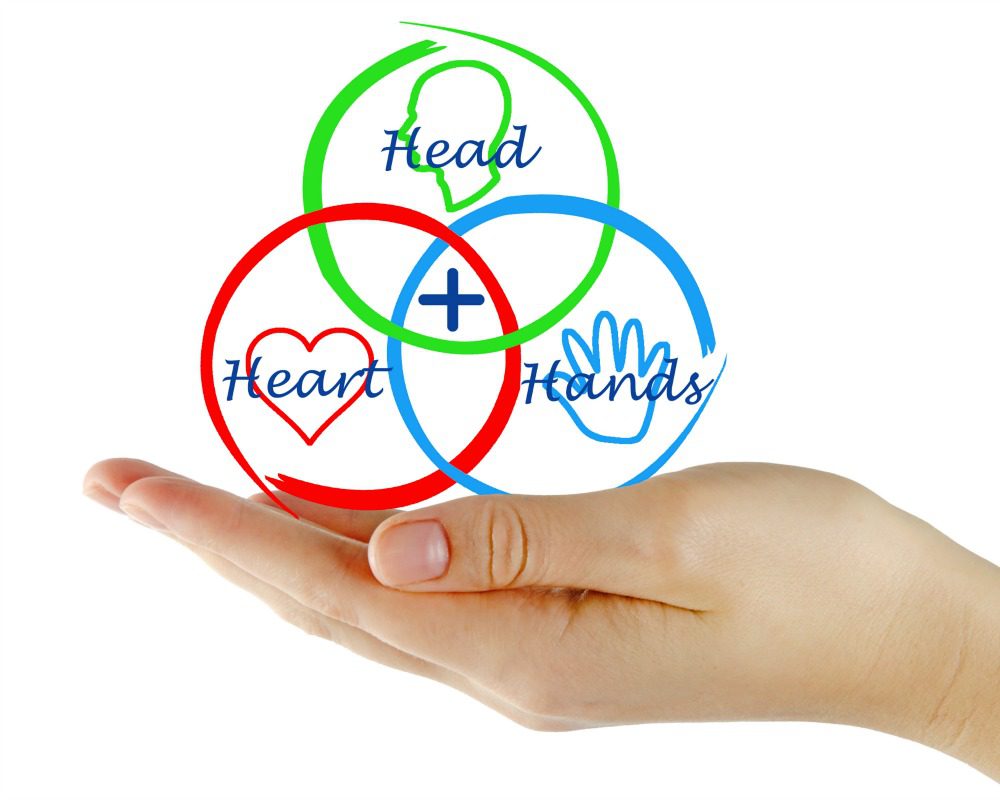When the mission is to continually transform and energize a company through talented, engaged employees, leaders look for new strategies to inspire collaboration and achievement. They search for ways to make the workplace inclusive, inviting ideation and problem-solving from diverse viewpoints. To shape such leaders at all levels requires an approach that encompasses thinking, doing and feeling.
Employee recognition, with its ability to put a spotlight on top performers, is an integral part of this kind of talent management system. Even though a 2015 WorldatWork “Trends in Recognition” study said 89 percent of organizations have recognition programs in place, companies don’t always use them to their best advantage because only 1 out of 3 employees report feeling appreciated. Why isn’t the message coming through?
Effective employee recognition programs are not one-off solutions. They’re a continuous process to engage the workforce by building and strengthening relationships. For instance, most organizations offer length of service awards; the aforementioned WorldatWork study said 76 percent reward above and beyond performance. If leaders are looking for a culture shift where collaborative leadership is the norm, they should do the following:
1. Get values into employees’ heads. An organization’s core values tell people how they’re expected to behave with each other and with customers. Any recognition-sending platforms in place should have this feature. Each time an award is sent, the recognizer should emphasize the value that’s the basis for the recognition.
2. Promote an all-hands-on-deck approach. To get more people to feel leadership potential, peer-to-peer recognition can empower and celebrate collaboration. Although the trend is growing only 48 percent of companies give teammates a way to call out great work, according to “The Era of Personal & Peer Accountability: The TINYpulse 2015 Employee Engagement & Organizational Culture Report.” These crucial relationships are make-or-break when it comes to engagement as employees say their peers are the No. 1 reason they go the extra mile.
Feedback opens up a more inclusive environment where employees don’t have to wait for managers to notice their good work, and it increases accountability as peers begin to manage sideways. It also plays into millennials’ strong team orientation and desire for feedback and praise. Sent across departments, recognition builds trust, breaks down silos and turfs, improves efficiency, and enhances problem-solving and information-sharing.
3. Go for the heart. Recognition enables relationships, connecting people to their work, to their company and to each other. That comes through in what is said and in taking the time to say it. It’s the message that matters. Employees want a functionally easy way to deliver this emotional impact, and without formalizing these efforts, the ability to measure participation and prove return on investment is lost.
Recognition both rewards and creates leaders. Telling employees the right message at the right time, inspires trust and engagement, opening the door to effective collaboration, innovation and success.
Jonathan McClellan is director of employee recognition at Hallmark Business Connections. Comment below, or email editor@CLOmedia.com.











